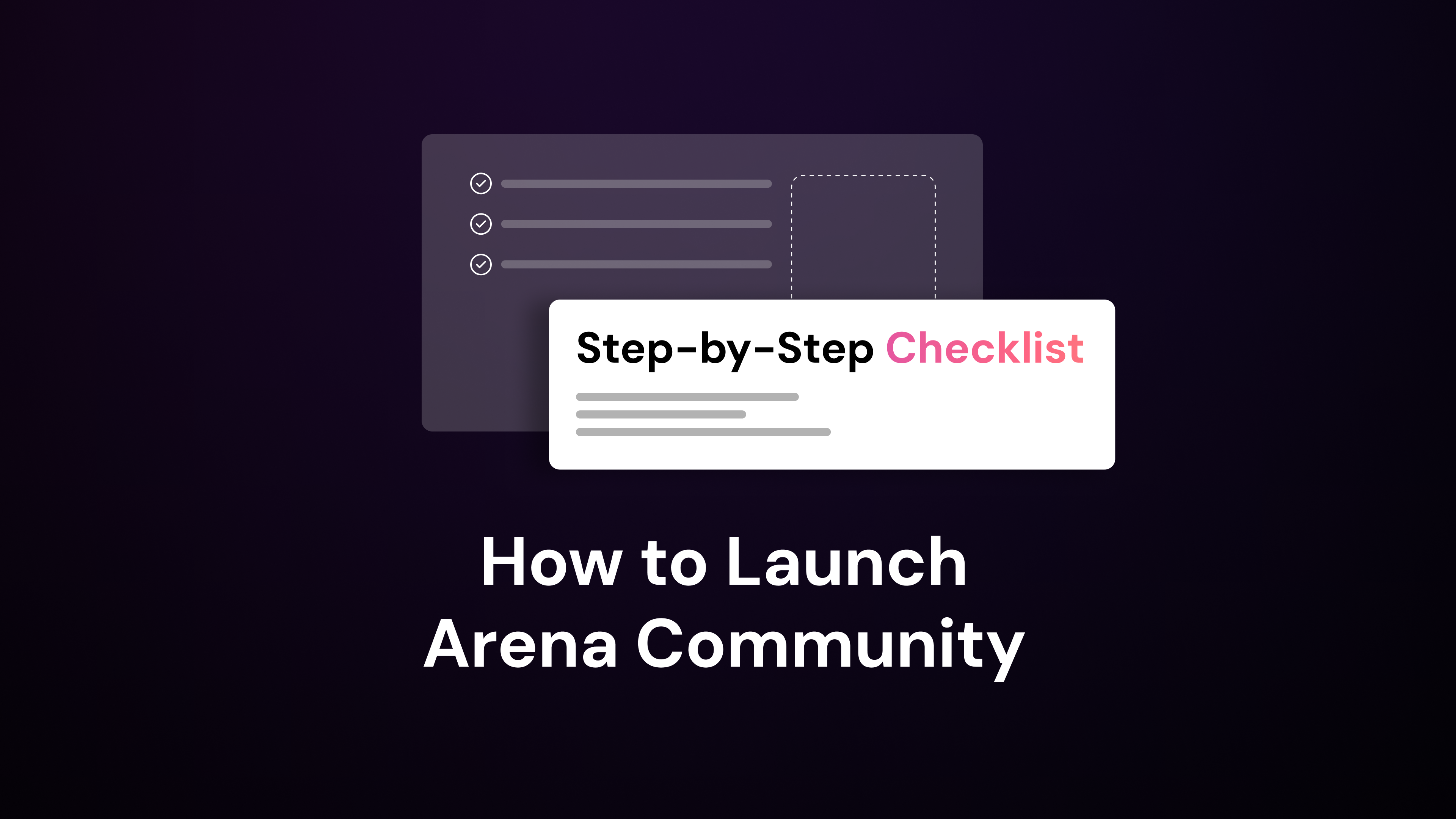Whether you’re a marketer, media brand, or digital publisher, there’s a paradigm shift occurring in the way we think about audience engagement. With growing concerns around data privacy and the inevitable algorithm changes that impact organic reach, the old cadence of relying solely on social media is being supplanted by a more robust, sustainable strategy: cultivating vibrant online communities outside the uncertain walls of social platforms. This in-depth discourse is a strategic roadmap for you to understand the intricate nuances and compelling benefits of online communities.
Jump aboard as we analyze the intentions behind this seismic shunt of digital strategy, and expose the first steps you need to take to achieve long-term engagement, fortify customer loyalty, and enhance your brand’s online presence in an era where connection and trust are the ultimate currency.
What is an online community?
An online community is a specific digital space that brings together people who share interests, goals, problems, or other concerns. The desire to build an online community is one of the key drivers for the growth of the Internet and related technologies.

A (Very) Short History of Online Communities
Online communities have existed for decades, long before social media and smartphones. The following examples show how different communities have gathered together using digital technologies.
- Early Scientific Online Communities
The earliest online communities brought together scientists, engineers, and researchers to share ideas. ARPANET (active from 1969 to 1989) brought together scientific researchers in the United States. In Europe, Tim Berners-Lee invented the modern web while working at CERN (the European Organization for Nuclear Research) in 1989 to support a global community of scientific researchers. These early types of community (and the technologies they created) paved the way for later technologies.
- Bulletin Board System (BBS)
The arrival of BBS technology opened the door for many more people to participate in online communities. The first BBS was launched in 1978, and these communities grew in popularity until the early 1990s. These communities typically relied on dial-up modem technology and telephone lines.
- Usenet
Launched in 1980, Usenet had millions of users interacting across thousands of discussion groups at its height. Usenet remains active for discussions, and it has some filesharing capabilities.
- Internet Service Provider Online Communities
Compuserve and America Online (AOL) offered community chat rooms and other spaces for online engagement. At its height, Compuserve had thousands of moderated discussion groups.
- Publisher Based Communities
A variety of publishers have created online communities. For example, Salon purchased The WELL (an early online community) 1999. Other publishers took a different approach to online communities by allowing comments on their articles and other media.
- Blogs
In the 2000s, new technologies like WordPress and Blogger made creating and running blogs easier. Blogs included social and community features like comments, blog rolls (i.e., links to related blogs and websites), and guest posts (i.e., contributions from others besides the blog owner).
- Social Media
Online communities are a key driver for the success of today’s social media platforms. For example, Facebook found early success by focusing on specific communities at US colleges. Other social platforms, like Discord, have succeeded by making it easier for people to connect through shared interests.
What Do Successful Online Communities Have In Common?
Every online community has different dynamics, levels of participation, and goals. Despite those variations, a few common characteristics underpin most successful online communities. We’ll expand on each of these concepts throughout this ebook.
A Specific Focus
To attract an audience, an online community usually does best when it is focused. Generally, a focus (i.e., NCAA basketball) is better than a broad focus (i.e., sports).
Content
In many cases, content provides the spark for discussion and interaction in a community. The content may be contributed by professionals (i.e., journalists) or engaged community members. High-quality content, especially when publicly available, attracts new community members and starts new discussions.
Community Leaders
Online communities, like any community, face threats and challenges. It is easier to respond to these challenges when a community has strong leadership. There are various types of community leaders, such as the founder(s) of an online community, volunteer moderators (often called “mods”), and professional community moderators. Community leaders are essential in starting discussions, responding to inappropriate actions, and guiding the community.
Online Community Technology
An online community, such as a technology platform, needs a specific place to operate. Social media websites are popular since they are designed to be easy to use, but creating a thriving online community right on your website is also possible. By bringing online communities to your website, you gain a much deeper understanding of your audience.
Arena Community represents a significant leap forward in audience engagement and interaction. With its comprehensive feature set, such as Arena’s Live Blog and Live Chat, and user-centric design, it offers an unparalleled experience for both users and brands alike.



